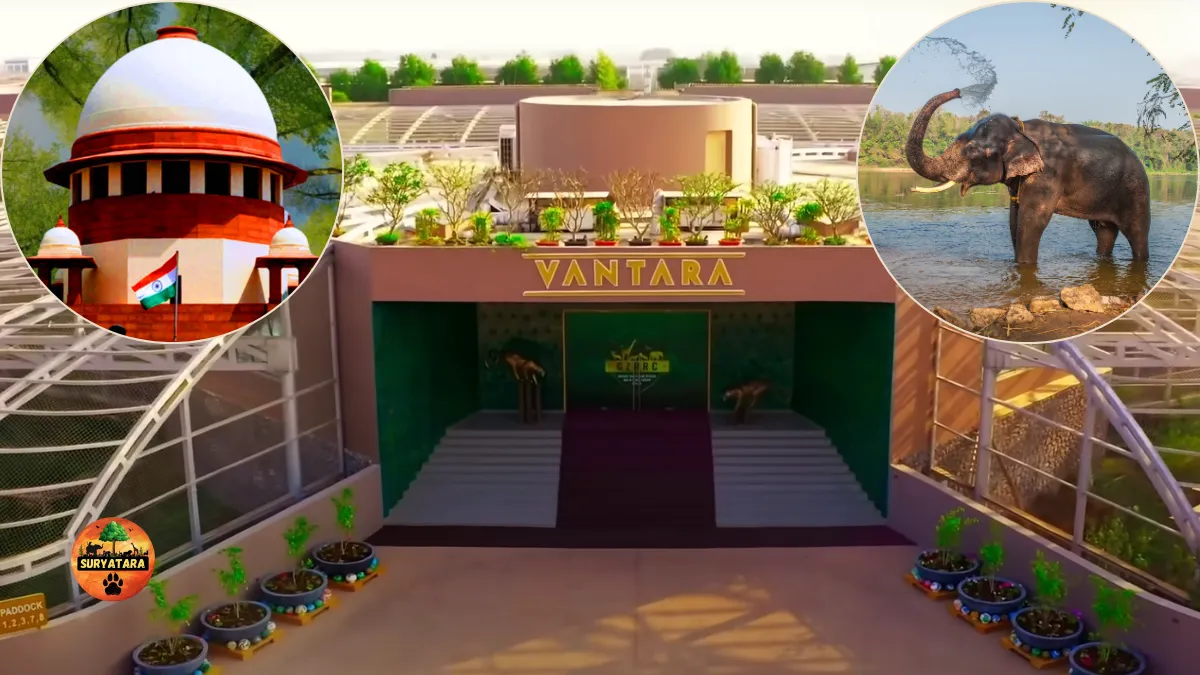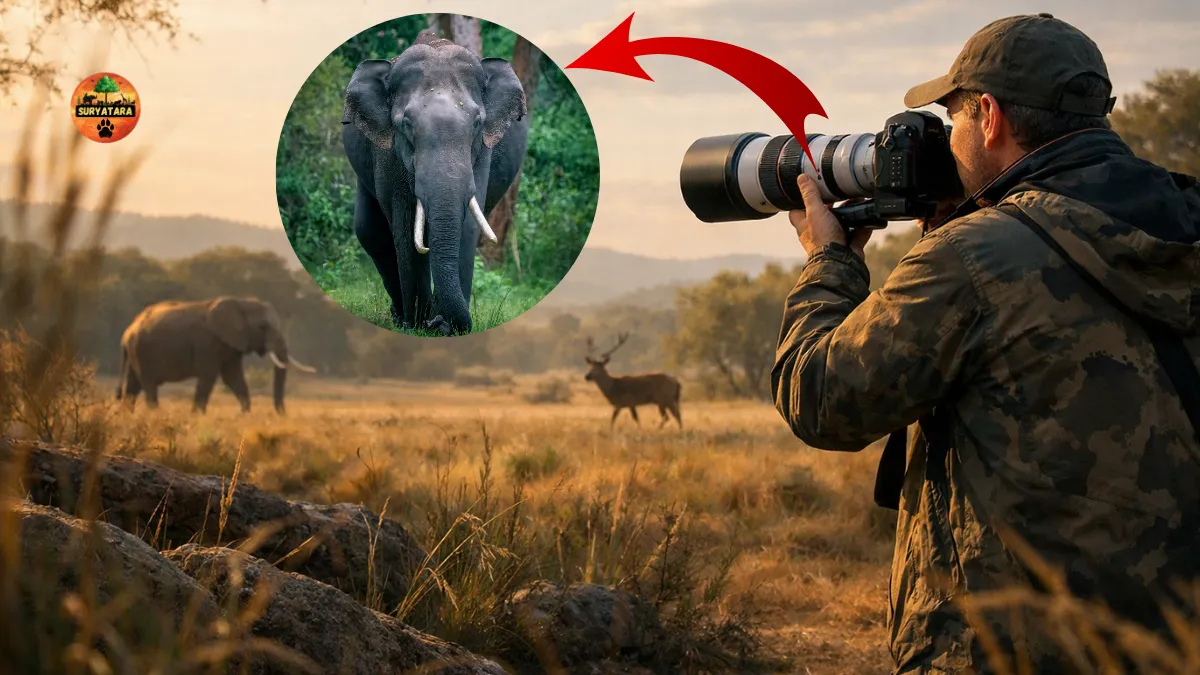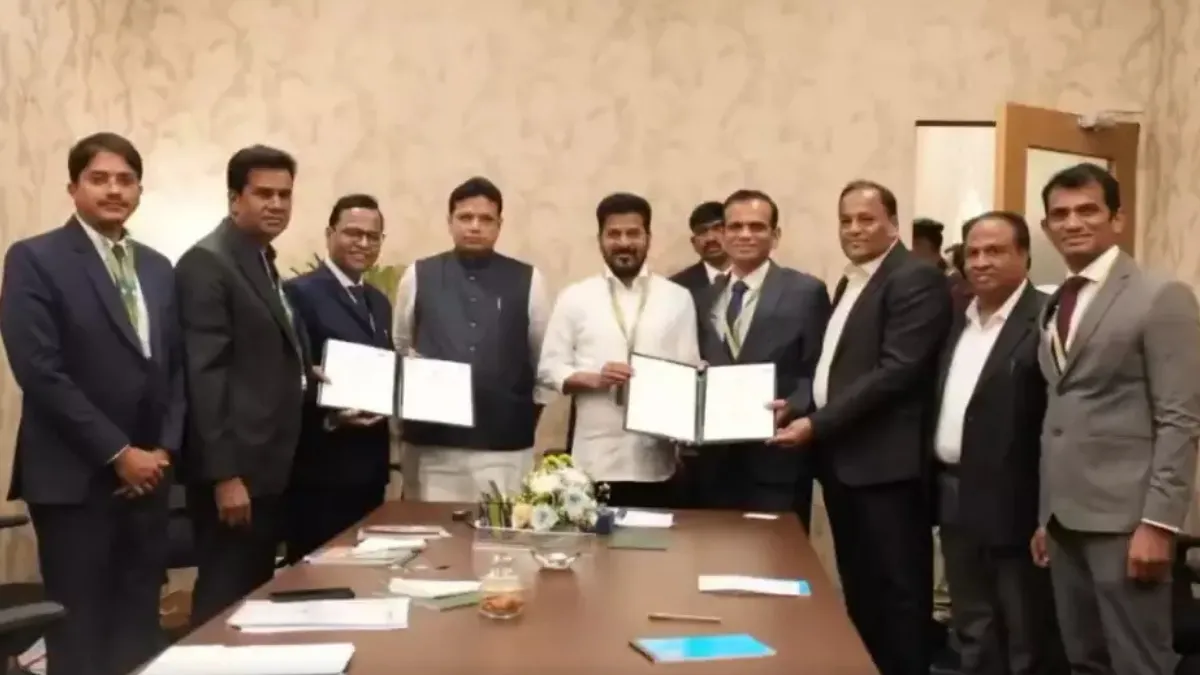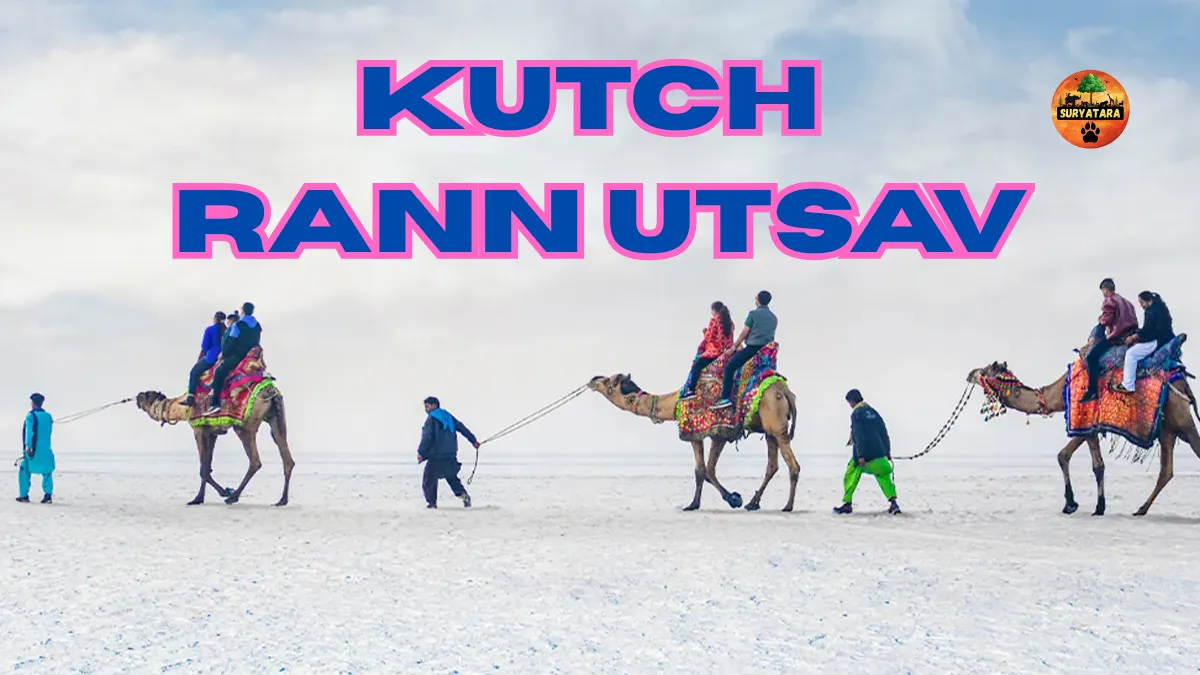Vantara SIT – The Supreme Court of India has ordered a detailed investigation into the affairs of Vantara, the wildlife rescue and rehabilitation centre run by Reliance Foundation in Jamnagar, Gujarat. The apex court has constituted a Special Investigation Team (SIT) under the leadership of its former judge, Justice J. Chelameswar, to probe serious allegations related to the acquisition of animals, particularly elephants, and compliance with wildlife protection laws.
The decision came in response to two Public Interest Litigations (PILs) that raised questions about Vantara’s functioning, following controversies over the shifting of an elephant named Mahadevi from a Kolhapur temple to the Jamnagar facility in July.
Why Was the Vantara SIT Formed?
The Vantara SIT was formed after the court reviewed petitions filed by lawyer C. R. Jaya Sukin and another petitioner identified as Dev Sharma. These petitions claimed that there were several irregularities in the way animals were being acquired, both from within India and from foreign countries.
A bench of Justices Pankaj Mithal and P. B. Varale directed the constitution of the SIT, highlighting that the allegations involved not only Vantara but also regulatory bodies such as the Central Zoo Authority and even international conventions like CITES (Convention on International Trade in Endangered Species of Wild Fauna and Flora).
Who Are the Members of the Vantara SIT?
The Special Investigation Team is a high-level panel consisting of legal, administrative, and enforcement experts. The members include:
- Justice J. Chelameswar (Former Supreme Court Judge – Head of SIT)
- Justice Raghavendra Chauhan (Former Chief Justice of Uttarakhand and Telangana High Courts)
- Hemant Nagrale (Former Mumbai Police Commissioner)
- Anish Gupta (Additional Commissioner, Customs)
This diverse team has been directed to carry out the inquiry immediately and submit its report by September 12.
Key Areas of Investigation
The Vantara SIT will look into a wide range of issues that cover animal rights, legal compliance, financial matters, and environmental impact. Some of the major areas under investigation include:
- Acquisition of Animals:
- Import and export of live animals, particularly elephants.
- Compliance with the Wildlife (Protection) Act, 1972.
- Adherence to zoo regulations.
- CITES and Import Laws:
- Whether Vantara has complied with the rules of CITES.
- Proper documentation and clearance for international transfers of wildlife.
- Animal Welfare Standards:
- Veterinary care and husbandry practices.
- Mortality rates and causes of animal deaths.
- Living conditions, especially in relation to climate suitability.
- Environmental and Biodiversity Concerns:
- Location of Vantara near an industrial zone and related risks.
- Allegations of creating a private vanity collection versus genuine conservation.
- Breeding and biodiversity resource utilization.
- Misuse of water and carbon credits.
- Legal and Financial Scrutiny:
- Possible wildlife smuggling and illegal trade in animals.
- Breach of environmental and financial laws.
- Allegations of money laundering and irregular financial transactions.
Supreme Court’s Stand on the Allegations
Interestingly, the Supreme Court clarified that the SIT is not being formed because the court believes the allegations are true. Instead, the court emphasized that the petitions were largely based on media reports, social media stories, and NGO complaints without concrete evidence.
The bench noted that “ordinarily, such unsupported allegations do not deserve to be entertained,” but since the accusations also target statutory authorities and raise doubts about regulatory systems, the court decided to allow an independent fact-finding inquiry.
This means the Vantara SIT is essentially a neutral, fact-checking body created to verify the reality behind these claims. The court also made it clear that this move should not be seen as casting doubt on Vantara’s functioning or on any government authority.
Physical Verification of Vantara
The Supreme Court has instructed the SIT to physically inspect Vantara’s Jamnagar facility. For this, the Secretary of the Forest Department, Gujarat, has been directed to provide full cooperation and assistance to the investigation team.
Such a physical inspection is considered a crucial step, as it will allow experts to directly assess the living conditions of animals, veterinary facilities, and overall infrastructure at Vantara.
Why This Inquiry Matters
This development is significant not only for Vantara but also for the broader framework of wildlife conservation in India. The case touches upon several sensitive areas:
- Elephant Transfers: Elephants hold cultural, religious, and ecological importance in India. Their transfer to private or semi-private facilities often invites debate on ethics and legality.
- Conservation vs. Vanity Projects: Questions have been raised worldwide about whether private conservation centres genuinely serve wildlife or act as personal collections for the wealthy.
- Legal Accountability: The inquiry could set an important precedent regarding how wildlife facilities are monitored, especially when linked with powerful private organizations.
Also read: Vantara and Gujarat Forest Department Join Hands to Enrich Wildlife Diversity in Barda Sanctuary
Possible Outcomes of the Vantara SIT
Once the SIT submits its report by September 12, several scenarios could unfold:
- If no violations are found, Vantara could gain credibility as a legitimate conservation centre.
- If irregularities are established, stricter actions may be taken against the management, including penalties or policy-level changes.
- The findings could also influence future policies on the transfer and care of endangered species in India.
Also read: Nandani Elephant Rehabilitation Center: Vantara Team Conducts Site Inspection
Balancing Conservation and Law
The Vantara case highlights the delicate balance between private initiatives in wildlife conservation and strict enforcement of legal frameworks. While organizations like Vantara claim to rescue and rehabilitate animals, the law requires them to function with complete transparency and accountability.
The Vantara SIT will now play a decisive role in bringing clarity to this debate. Its findings will determine whether the centre is truly serving the cause of wildlife or whether corrective measures are necessary.
Also read: Vantara Gives New Life to Giant Elephant: The Inspiring Story of Puthuppally Sadhu
Conclusion
The Supreme Court’s decision to form a Vantara SIT is a landmark step in addressing concerns over animal acquisition, welfare, and financial transparency in India’s wildlife sector. By appointing an independent and diverse investigation panel, the court has ensured that the truth will be established through factual verification rather than speculation.
As the SIT begins its work and prepares its report, the case will continue to attract national and international attention. For now, the spotlight remains on Vantara, its practices, and the broader question of how India safeguards its precious wildlife heritage.











